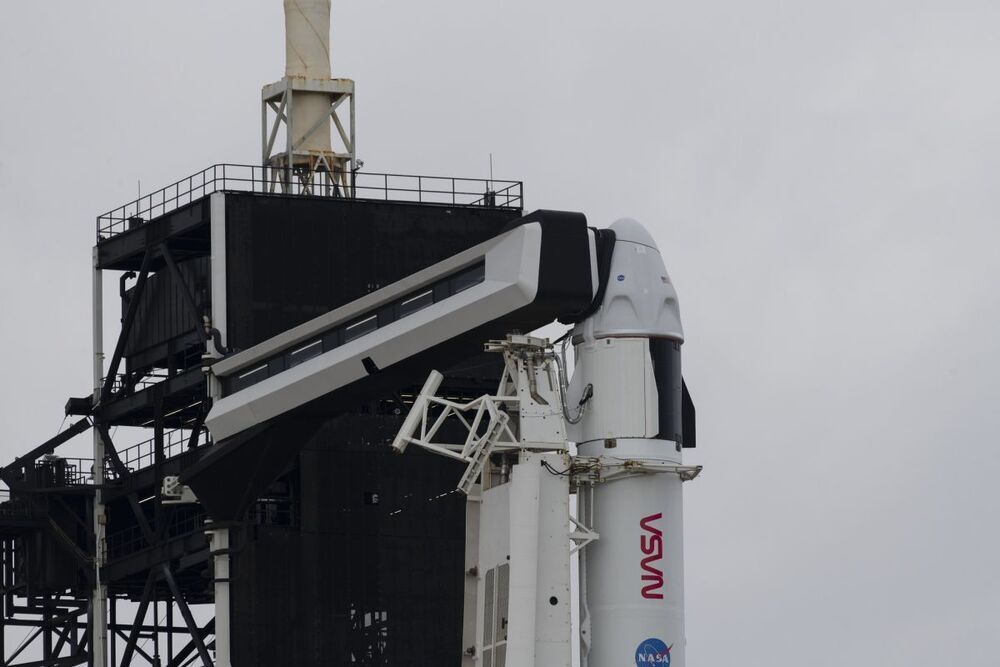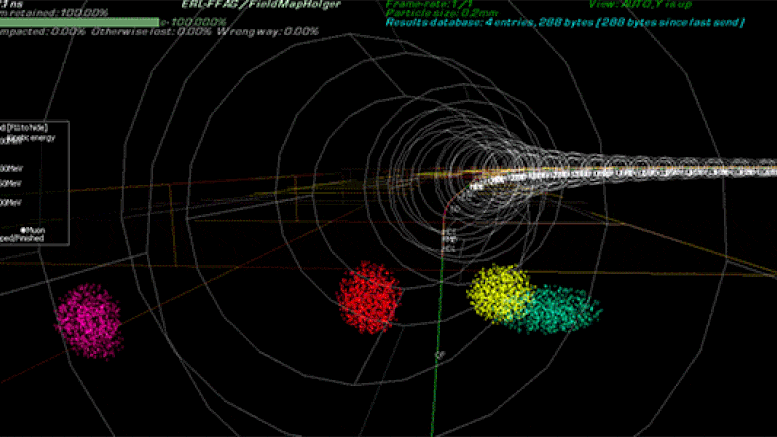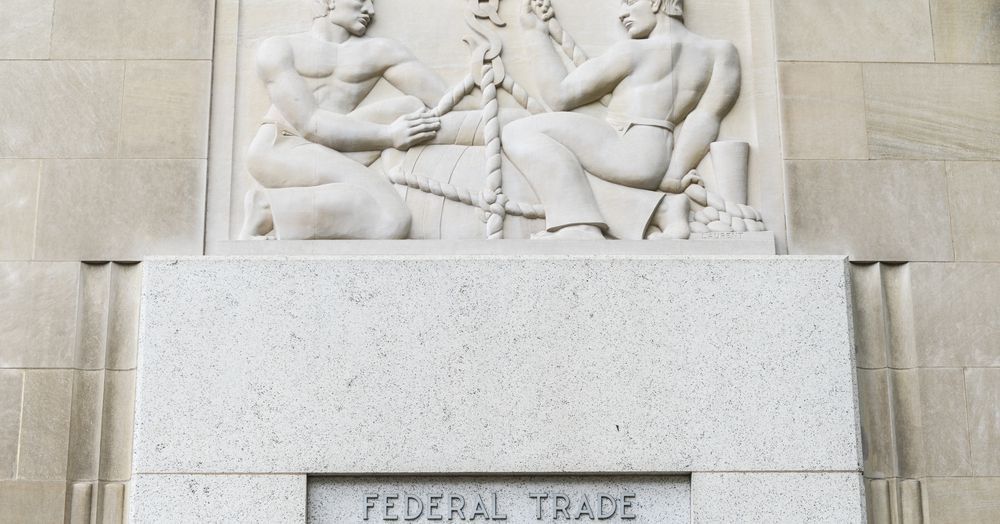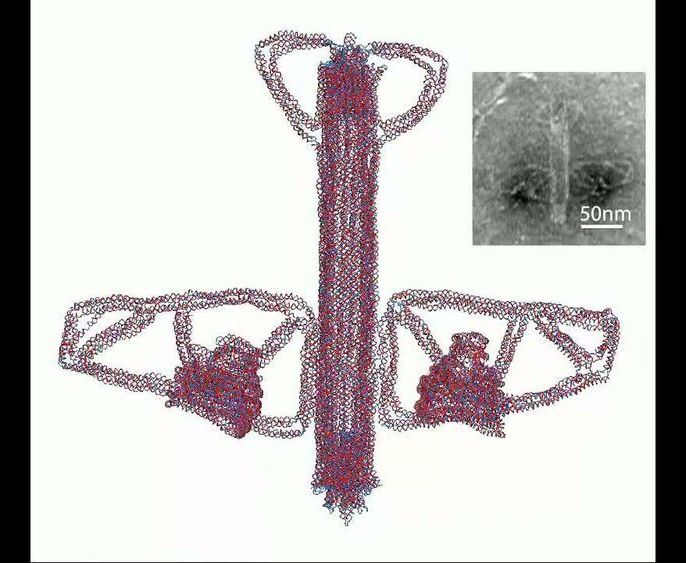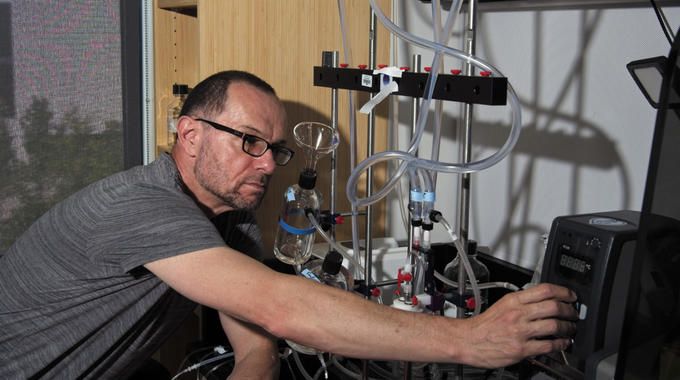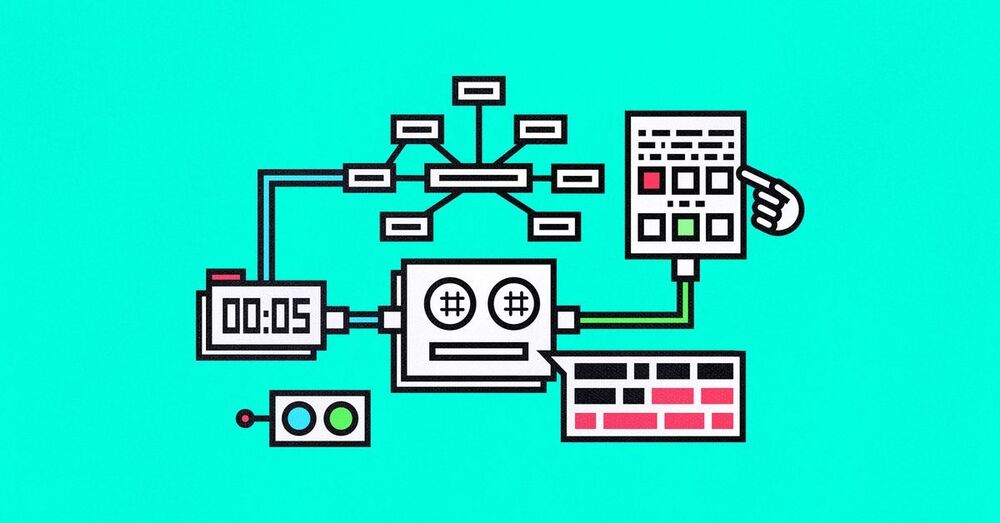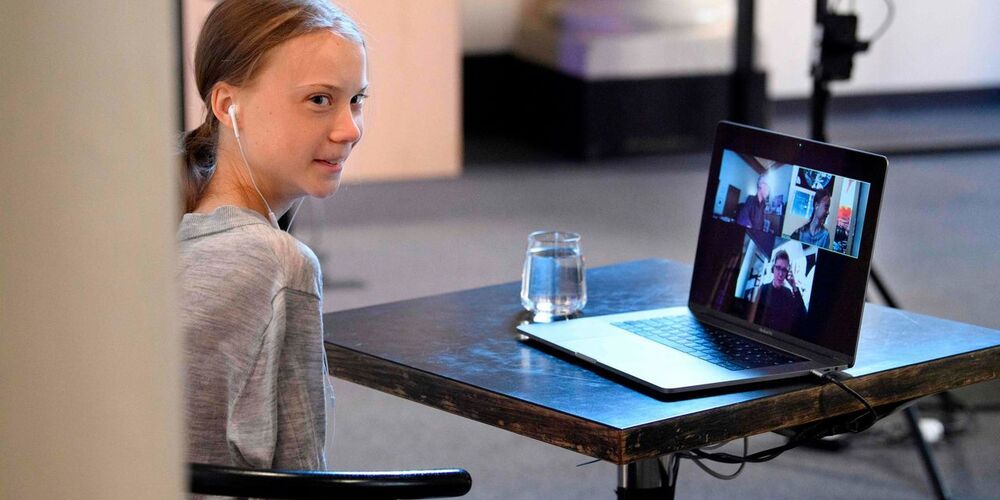Liftoff is scheduled for Thursday, April 22.
CAPE CANAVERAL, Fla. — NASA has given SpaceX the official go-ahead for the launch of its next crew mission to the International Space Station.
That mission, called Crew-2, will blast off on a SpaceX Falcon 9 rocket at 6:11 a.m. EST (1011 GMT) on Thursday morning (April 22) from NASA’s historic Pad 39A and Kennedy Space Center in Florida. It will be the second flight of this particular Crew Dragon. The capsule, named “Endeavour,” first carried NASA astronauts Bob Behnken and Doug Hurley to and from the space station last year for the Demo-2 test flight.
